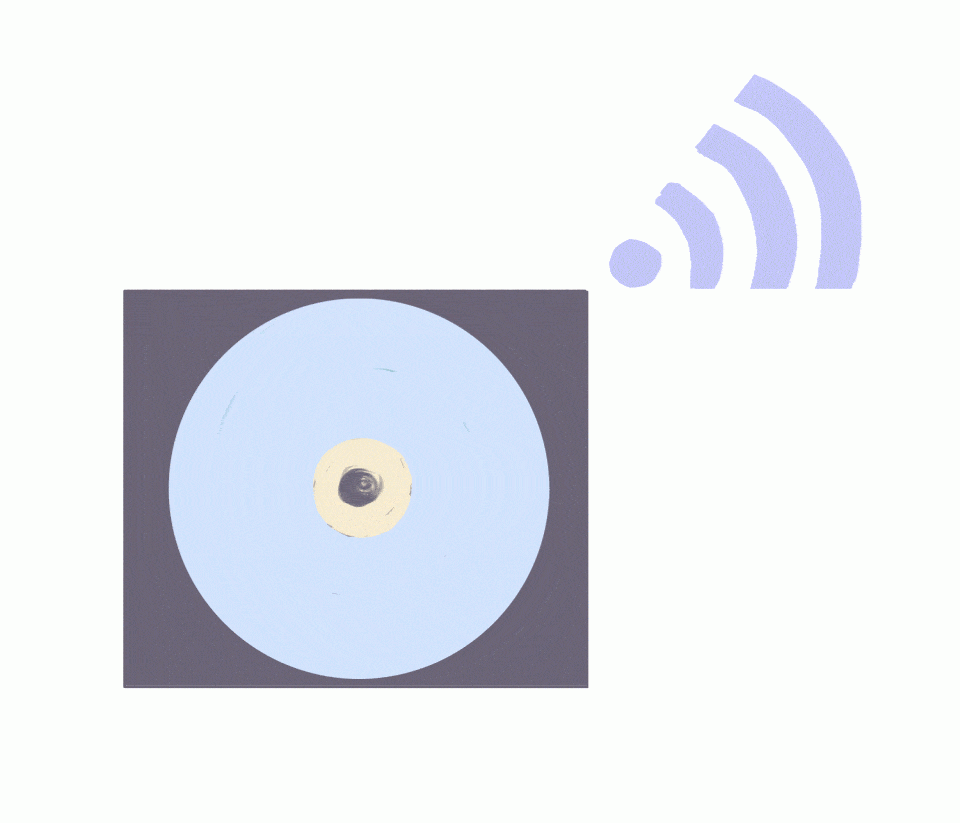Recently, Kanye West announced on Twitter that his newest album, The Life of Pablo will be the last work he releases that will be available in a physical format. From now on, he will be releasing his music exclusively via online streaming. Conversely, late last year, Adele’s 25 set numerous sales records when her CD was released. “I don’t use streaming,” she said at the time. “I buy my music. I download it, and I buy a physical [copy] just to make up for the fact that someone else somewhere isn’t. It’s a bit disposable, streaming.”
Adele may not find streaming compelling, but the service is growing and changing the music industry, allowing listeners to build and maintain immense libraries of music on the cheap. Services like Google Play Music advertise the potential for “access to 35 million songs and offline listening” for a monthly rate roughly equivalent to the cost of a single CD. Though the artist does not profit off of the mark-up of the physical copy, and most major artists earn a large chunk of their revenue from touring.
Streaming services like Tidal are actually owned by artists; a nuanced idea that is still catching on. Artists featured on these services have more control over their work and profit directly from sales, eliminating middle–men.
Other artists stand to make roughly the same amount through making their music available on major streaming services like Apple Music, Spotify and Amazon Prime Profits aside however, streaming services provide a unique platform for increased exposure by way of its playlists, an advantage for lesser-known artists, though the services have still faced some criticism for the quality of their playlists, which are often curated by algorithms rather than humans.
Many artists are skeptical of the streaming model, believing it to be a major threat to the industry; particularly because of concerns over reductions in sound quality — many music purists complain of poor quality sound from services like Apple Music and Amazon Prime. There have even been studies on the effects of compressed .mp3 quality on the human ear that have found that higher-quality recordings are more effecting in eliciting dopamine reactions. Tidal however, ensures “lossless” data compression, meaning that the quality of sound on their service is more or less indistinguishable from that of a CD recording.
But what does all this mean to the average listener? The first thing that comes to my mind when I consider the transition from physical to digital is the fate of album cover artists. An industry unto itself, it offers a special component to the physical CD experience. I have a vivid childhood memory of being completely mesmerized by the cover of Sgt. Pepper’s Lonely Heart’s Club Band. I’m fairly certain I had my sexual awakening upon seeing Tina Turner on the cover of Private Dancer. There’s nothing like picking up a CD, examining the cover, opening the liner and following along with the lyrics. I will say, however, with the advent of new computers lacking a CD drive altogether, I am much less inclined to go out and buy any CD.
The debate over the best way to consume music is probably too subjective to be taken too seriously. Every facet of “musical preference” remains part of the prismatic beauty of the medium.


